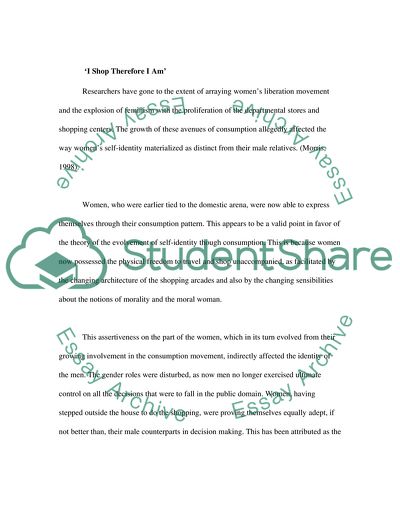Cite this document
(The Ways in Which Identities Are Formed through Consumption Coursework, n.d.)
The Ways in Which Identities Are Formed through Consumption Coursework. https://studentshare.org/social-science/1708350-consumer-culture
The Ways in Which Identities Are Formed through Consumption Coursework. https://studentshare.org/social-science/1708350-consumer-culture
(The Ways in Which Identities Are Formed through Consumption Coursework)
The Ways in Which Identities Are Formed through Consumption Coursework. https://studentshare.org/social-science/1708350-consumer-culture.
The Ways in Which Identities Are Formed through Consumption Coursework. https://studentshare.org/social-science/1708350-consumer-culture.
“The Ways in Which Identities Are Formed through Consumption Coursework”. https://studentshare.org/social-science/1708350-consumer-culture.


